Reviewed by Julianne Ngirngir
Google's betting big on smart home integration with the Pixel 10 Pro, and frankly, it's about time. While everyone's been obsessing over camera bumps and battery life, Google quietly slipped Thread radio support into the Pro models – a move that could transform your phone from just another Android device into the universal remote your smart home actually needs. FCC filings confirm the Pixel 10 Pro includes both Thread and UWB support, while the standard model misses these features entirely.
Here's what makes this interesting: Thread isn't just another wireless standard. It's specifically designed for Matter-compatible smart home devices and consumes significantly less power than Wi-Fi or Bluetooth while creating mesh networks that actually work reliably. Combined with Google's already impressive smart home panel that provides "nearly full control over devices without having to dig into the Google Home app," the Pixel 10 Pro is positioning itself as the phone that finally makes smart home control seamless.
PRO TIP: If you're planning to upgrade your smart home setup, the Thread support alone might justify waiting for the Pro model over the standard Pixel 10.
What makes Thread support a game-changer
Let's break down why Thread matters more than Google's marketing team is letting on. Unlike Wi-Fi or Bluetooth connections that rely on hub-and-spoke architectures, Thread creates mesh networks that let devices communicate directly with each other while your phone orchestrates the entire ecosystem. We're talking about an IP-based protocol that draws less power while offering faster response times and more secure connections than traditional wireless standards.
The network economics are compelling: each Thread device becomes a node that strengthens the overall network resilience. When your Wi-Fi crashes (and it will), your Thread-enabled lights, locks, and sensors keep communicating through the mesh. The smart home panel works even with locked phones, letting you "change the brightness and color of lights, change the thermostat's mode and temperature, lock and unlock doors, start and stop vacuums" without any cloud dependencies or internet latency.
Here's where timing becomes crucial: Matter is the joint initiative of over 600 companies including Apple, Amazon, Google, Samsung, and major manufacturers, designed specifically to break down the walled-garden approach that's made smart homes a frustrating mess of incompatible apps and protocols. With Android 15 expected to pick up Thread support this fall, Google's essentially future-proofing the Pixel 10 Pro for a smart home ecosystem that's about to get much more unified.
While last year's iPhone 15 Pro and Pro Max were the first smartphones to include Thread radios by default, Google's implementation goes deeper with system-level integration that makes control genuinely effortless rather than just technically possible.
Beyond Thread: UWB and the bigger connectivity picture
Thread handles the networking foundation, but UWB (ultra-wideband) support transforms how you interact with that network. UWB operates at higher frequencies with significantly greater accuracy than Bluetooth – we're talking precision within centimeters, not meters, which enables spatial context that current smart home systems simply can't match.
The practical implications are massive: your phone becomes spatially aware of smart devices around you, automatically surfacing relevant controls based on your physical location. Walk into your kitchen, and your Pixel 10 Pro could automatically surface controls for kitchen-specific devices. Approach your front door, and door locks and security cameras take priority in your smart home panel. UWB's security protocols are so robust that "thieves cannot imitate your car key signal," making it ideal for secure smart home interactions.
When you combine Thread's mesh networking with UWB's spatial precision, you get contextual automation that feels genuinely intelligent. Instead of hunting through apps or remembering voice commands for specific rooms, your phone anticipates what you need based on where you are and what devices are nearby.
The ecosystem integration goes beyond individual technologies. Google's building out a whole ecosystem with proper Qi2 support, which means your Pixel 10 Pro can wirelessly charge while simultaneously controlling your smart home through magnetic mounting systems. Picture this: a bedside dock that keeps your phone charged and ready to control overnight automations, or a kitchen mount that turns your phone into a smart home command center while cooking.
The TSMC advantage: why hardware finally matters
Here's where the Pixel 10 Pro's smart home ambitions get serious hardware backing. Google's moved to TSMC's 3nm N3E process for the entirely Google-designed Tensor G5, ditching Samsung fabrication and Exynos customization for the first time. This isn't just about benchmark performance – it's about sustained connectivity management without the thermal throttling that plagued earlier Pixels.
Smart home control demands constant background processing: Thread mesh maintenance, UWB device discovery, automation triggers, and real-time status updates across dozens of connected devices. Previous Tensor generations struggled with overheating issues that affected 28% of phone returns, with less than 86% of Pixel 6 & 7 phones making it through the day under normal usage. Those thermal and battery limitations made continuous smart home connectivity impractical.
The Tensor G5's rumored ray tracing and GPU virtualization capabilities suggest Google's building processing headroom for AI-powered scene recognition that automatically adjusts lighting, temperature, and device settings based on visual cues your phone's camera picks up. Imagine walking into your home office and having your phone recognize the context, then automatically adjust desk lighting, close bedroom blinds, and start your focus music – all through local Thread commands without cloud dependencies.
Battery improvements are crucial for this always-on connectivity vision. With charging speeds improved to 29W wired and 15W wireless, you're looking at a device that can handle intensive smart home duties while maintaining all-day usability.
What this means for your smart home setup
Let's get practical about what the Pixel 10 Pro's smart home integration actually delivers beyond the technical specs. The Thread + UWB combination means direct device communication without cloud dependencies, addressing privacy concerns while delivering instantaneous response times. Your lights don't need to ping Google's servers – they respond directly to your phone's commands through the local mesh network, with UWB providing the spatial context to know which lights you actually want to control.
Google Home's smart home panel becomes genuinely powerful when it can provide "control over your smart home from any device, anywhere, anytime" with local network speeds and spatial awareness. Real-time notifications and intelligent alerts become instantaneous rather than delayed by internet connectivity, while UWB enables contextual filtering so you only see relevant devices and controls.
Integration across Google's ecosystem creates compound benefits. Your Pixel Watch gets quick access to smart devices through "customizable icons all in one convenient place on your watch face," while your Google TV transforms into a "smart home command center" that knows which devices are in the same room based on Thread mesh topology. The Google Home widget provides instant access from your home screen, letting you type natural language commands like "Turn on all the lights in the house at sunset" that execute through local Thread commands rather than cloud processing.
PRO TIP: Start planning your Matter-compatible device upgrades now. The Pixel 10 Pro's Thread support will work best with newer devices that fully support the standard, not older products that rely on bridge connections or proprietary protocols.
Where smart homes are heading next
The Pixel 10 Pro isn't just catching up to current smart home standards – it's positioning for what's coming next. Matter's expansion beyond consumer homes into "smart building, factory, utilities, and urban infrastructure" means your phone could eventually control everything from office environments to public transportation systems using the same Thread/UWB foundation you're building at home.
AI integration is accelerating with features like Magic Cue that "connects the dots across your apps" and suggests relevant smart home actions based on your current context, location data from UWB, and learned patterns from your Thread network usage. Walking toward your car while your calendar shows a morning meeting? Your phone might automatically adjust your home to away mode, pre-condition your vehicle, and queue your podcast – all through local device communication.
The broader industry implications are significant for Android users. With Google stepping up with proper Qi2 support, "every Android manufacturer now has a real reason to add support," potentially making Thread + UWB + Qi2 the standard connectivity trinity for premium Android devices moving forward. This could finally give Android the ecosystem integration advantage that iPhone users have enjoyed with HomeKit and AirPlay.
Is the Pixel 10 Pro worth the smart home bet?
Here's the bottom line: if you're already invested in smart home tech or planning significant upgrades, the Pixel 10 Pro's connectivity suite makes it genuinely compelling for the first time in years. Thread support alone future-proofs your investment in Matter-compatible devices, while UWB spatial awareness and improved battery life address real pain points with current smart home control that nobody talks about – like hunting through apps to find the right light switch or waiting for cloud commands to process.
The catch? You're paying for potential as much as current functionality. Starting at $999 for the Pro XL, you're betting that Google's ecosystem integration lives up to its promise and that Matter adoption accelerates as expected. Given Google's track record with ambitious hardware features (remember Project Soli?), that's not guaranteed.
But for once, the timing and technology seem aligned. Smart home fragmentation is reaching a breaking point that's frustrating consumers and limiting market growth, Matter provides genuine interoperability hope with backing from every major platform, and the Pixel 10 Pro's hardware finally matches Google's software ambitions without the thermal and battery compromises that killed previous connectivity features.
Whether that makes it worth $999 depends on how much frustration you're willing to pay to avoid with your current smart home setup – and how much you trust Google to deliver on the smart home future they're promising.








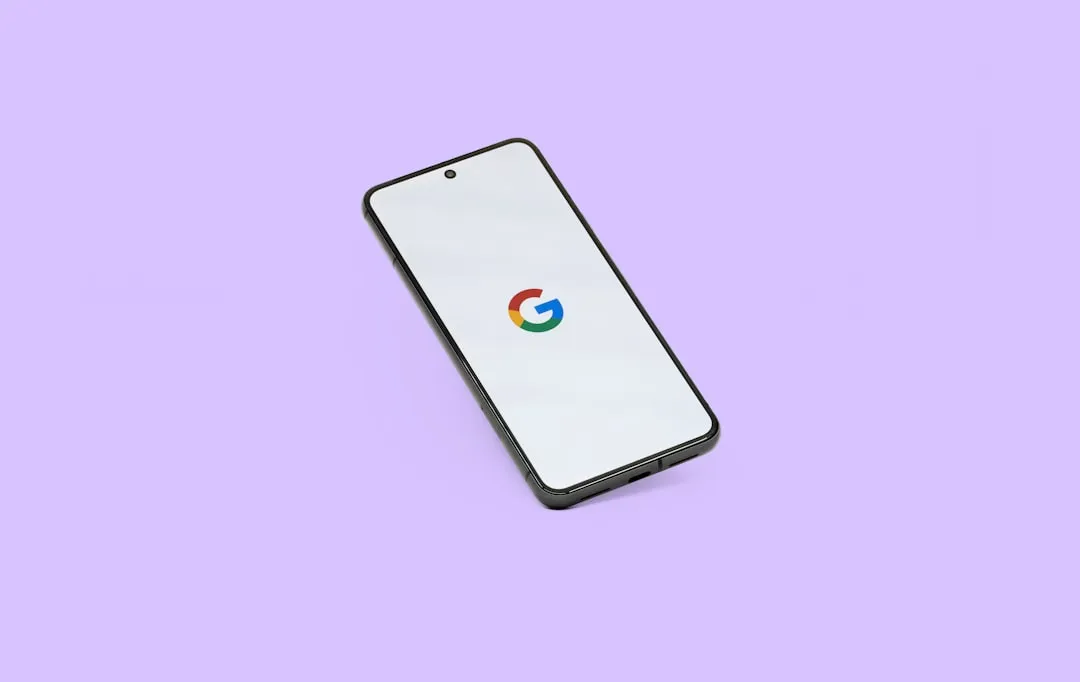

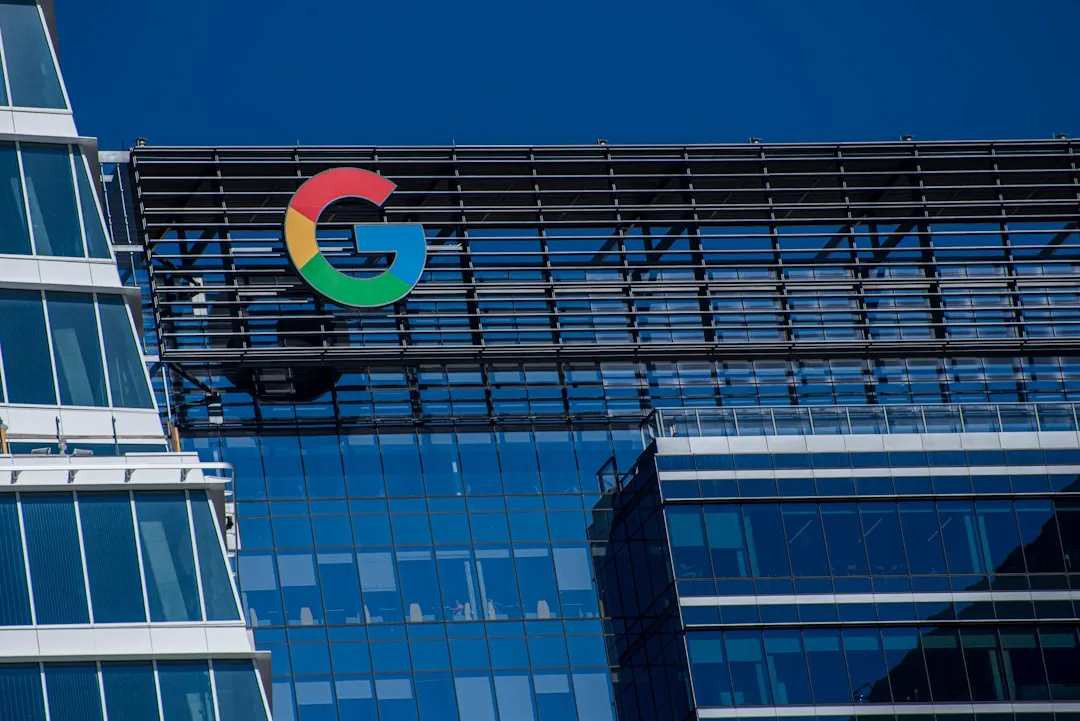
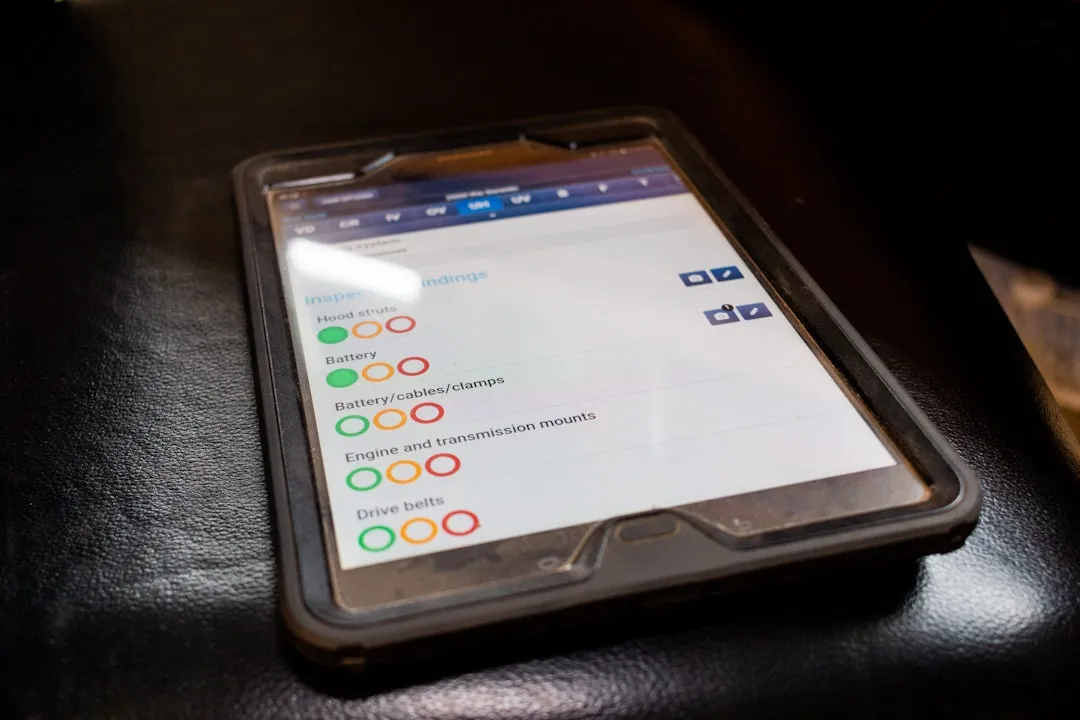






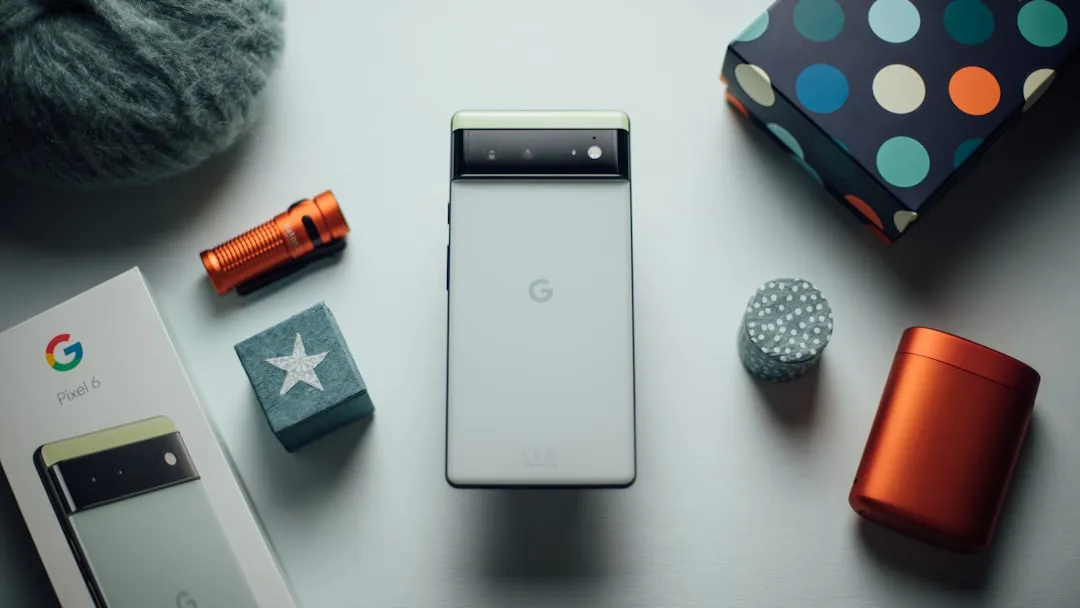

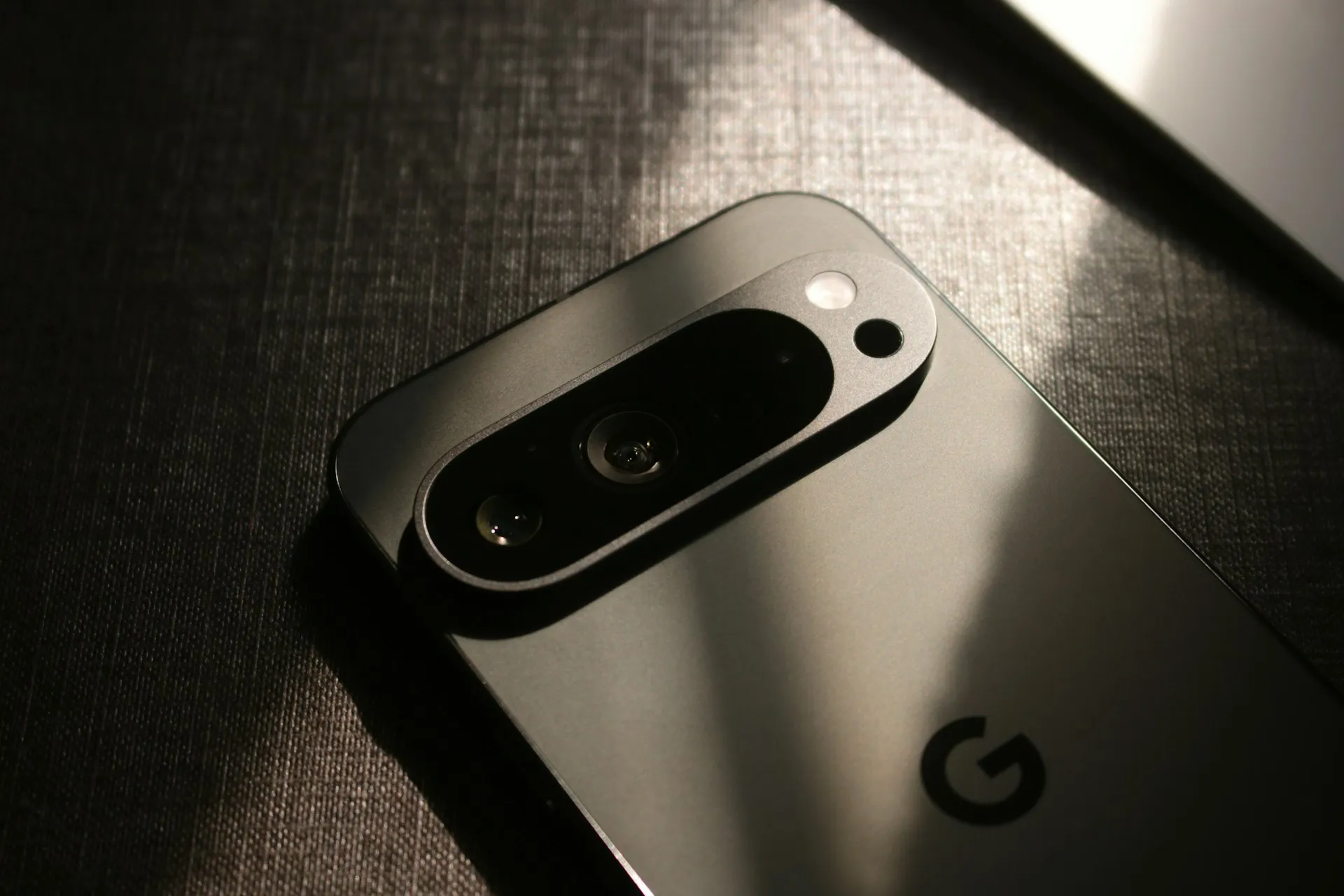
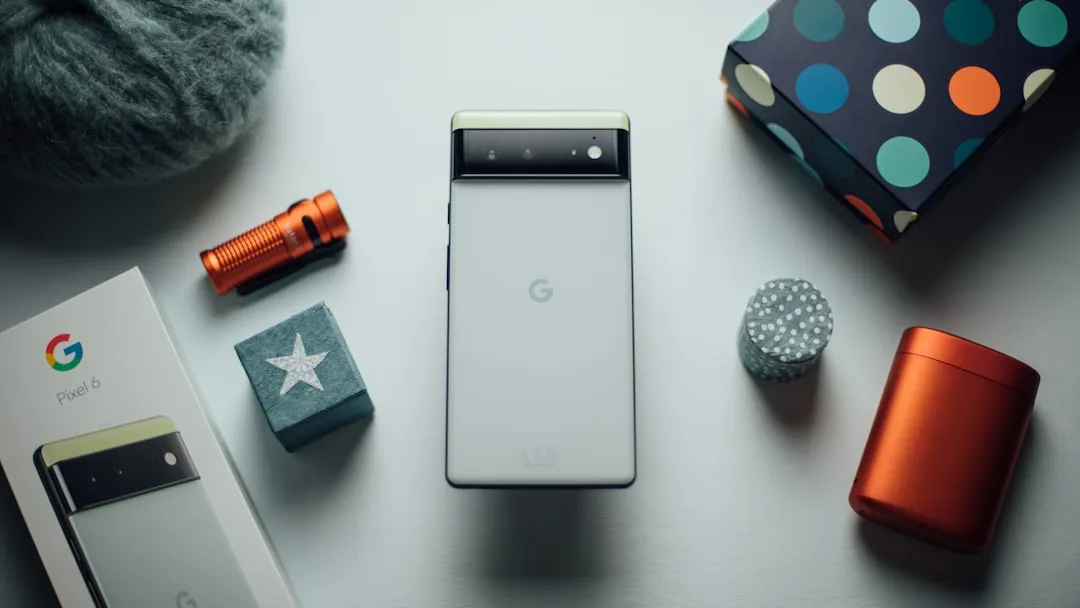
Comments
Be the first, drop a comment!